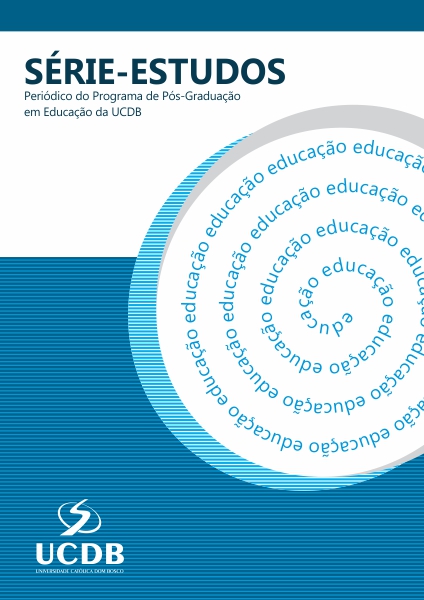“Life is beautiful”: to read subtitles and to humanize yourself
DOI:
https://doi.org/10.20435/serie-estudos.v27i60.1570Keywords:
“Life is beautiful”, cinematographic subtitles, humanizationAbstract
Learning acts of reading in school environments can result from the encounter of children with the plurality of genres of utterances, with various supports and media. Subtitled films offer children the conditions for them to learn to negotiate, in silence, the meanings of subtitles. This article reports a research and extension activity with the Italian film “La vita è bella” (“Life is beautiful”), developed with a small group of children, between 6 and 10 years old, in an non-government organization (NGO), in Marília, SP, supported by the principles of methodology in the human sciences developed by Bakhtin and in the concept of apperceptive mass by Jakubinskij. The dialogues between children and researchers, recorded and analyzed under the lens of this reference, show that children learn to quickly negotiate meanings; they are interested in debating tense issues such as oppression and violence against children and ethnic minorities and, for this reason, they are humanized; they also gradually become fond of films with good aesthetic quality.
References
BAKHTIN, M. Notas sobre literatura, cultura e ciências humanas. São Paulo: Editora 34, 2017.
JAKUBINSKIJ, L. Sur la parole dialogale. In: JAKUBINSKIJ, L. Une linguistique de la parole (URSS, années 1920-1930). Limoges: Lambert Lucas, 2012. p. 109-127.
A VIDA é Bela. Direção de Roberto Benigni. Melampo Cinematografica. Arezzo: Cecchi Gori Group, 1997. Vídeo (116 min.), son., color.
Downloads
Published
How to Cite
Issue
Section
License
A revista Série-Estudos permite a reprodução total em outro órgão de publicação mediante a autorização por escrito do editor, desde que seja feita citação da fonte (Série-Estudos) e remetido um exemplar da reprodução. A reprodução parcial, superior a 500 palavras, tabelas e figuras deverá ter permissão formal de seus autores.
Direitos Autorais para artigos publicados nesta revista são do autor, com direitos de primeira publicação para a revista. Em virtude de aparecerem nesta revista de acesso público, os artigos são de uso gratuito, com atribuições próprias, em aplicações educacionais e não-comerciais.

